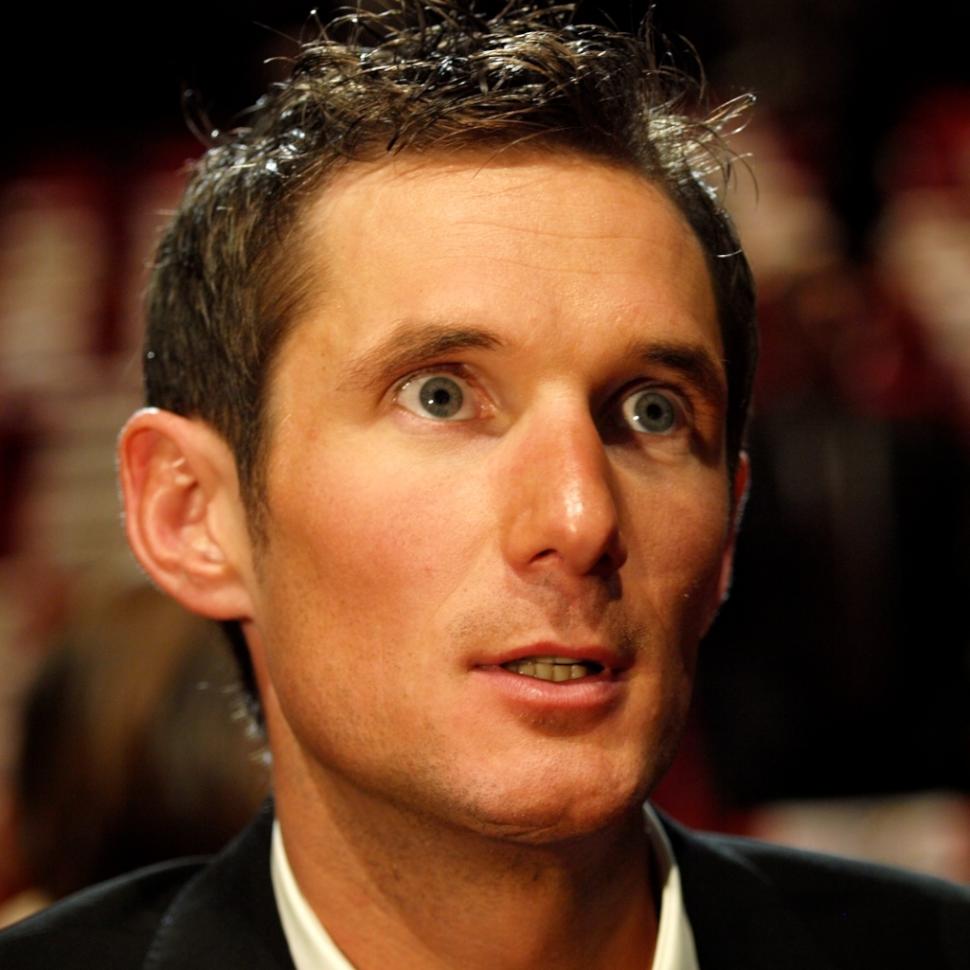- News
- Reviews
- Bikes
- Accessories
- Accessories - misc
- Computer mounts
- Bags
- Bar ends
- Bike bags & cases
- Bottle cages
- Bottles
- Cameras
- Car racks
- Child seats
- Computers
- Glasses
- GPS units
- Helmets
- Lights - front
- Lights - rear
- Lights - sets
- Locks
- Mirrors
- Mudguards
- Racks
- Pumps & CO2 inflators
- Puncture kits
- Reflectives
- Smart watches
- Stands and racks
- Trailers
- Clothing
- Components
- Bar tape & grips
- Bottom brackets
- Brake & gear cables
- Brake & STI levers
- Brake pads & spares
- Brakes
- Cassettes & freewheels
- Chains
- Chainsets & chainrings
- Derailleurs - front
- Derailleurs - rear
- Forks
- Gear levers & shifters
- Groupsets
- Handlebars & extensions
- Headsets
- Hubs
- Inner tubes
- Pedals
- Quick releases & skewers
- Saddles
- Seatposts
- Stems
- Wheels
- Tyres
- Health, fitness and nutrition
- Tools and workshop
- Miscellaneous
- Cross country mountain bikes
- Tubeless valves
- Buyers Guides
- Features
- Forum
- Recommends
- Podcast
news
 Frank Schleck at the 2011 Tour de France Presentation © Simon MacMichael
Frank Schleck at the 2011 Tour de France Presentation © Simon MacMichaelFrank Schleck undergoes surgery to have metal plate removed from collarbone
Leopard Trek rider Frank Schleck has undergone successful surgery to have a metal plate removed from his collarbone, inserted following his crash on Stage 3 of the Tour de France last July which left him prostrate on the Paris-Roubaix cobbles the race visited that day.
In a statement, the Luxembourg-based team confirmed that the rider had left a training camp a day early to attend hospital for the procedure, and that he would spend the weekend recovering from it.
“Everything went well, even though it has been a busy couple of days,” Schleck said yesterday. “I left camp on Wednesday evening, though I was able to get a training ride in during the morning and early afternoon. Then with the late night arrival home, I barely had a full night’s sleep before I went into surgery early Thursday morning. But now I have a few days to recover, and will be on my bike again by Sunday.”
The operation was carried out under a general anaesthetic, and Schleck said: “I’m still a bit sleepy from the trip and the anesthesia. But the plate and six screws were removed. I am still in a bit of pain, but that is normal since it is really quite a big effort to get in there to take out all the hardware. By Sunday I should be fine and fully riding a normal routine on Monday.”
Latest Comments
- David9694 2 sec ago
Cromwell Road parking 'nightmare' next to Dorchester South...
- Sredlums 33 min 14 sec ago
I tried, but I just cannot in earnest believe that this question is sincere.
- Rendel Harris 1 hour 27 min ago
Have some compassion, the average League One footballer's salary is only around £5000 a week, judging by some of the penalties we've seen handed...
- Doctor Fegg 1 hour 43 min ago
Ah, British Cycling and the UCI. It's hard to think of two more universally beloved organisations. Thames Water and the National Rifle Association...
- David9694 2 hours 20 min ago
Car hits stone wall and overturns in smash outside Wiltshire pub...
- wtjs 3 hours 15 min ago
We get these 'high action rate' claims all the time, with little or no evidence of what the action was. People are, of course, entitled to consider...
- Bungle_52 3 hours 29 min ago
Thank you. Can't say I've ever seen one but I will keep a lookout in future.
- chrisonabike 3 hours 31 min ago
Part of me hopes they don't waste the money. If past performance is any guide poor resurfacing (particularly around utility access points), "works...
- SimoninSpalding 6 hours 3 min ago
I have Cors N:ext on my summer bike, mainly because they do a 24mm, 25 is REALLY tight on rear brake clearance. I am not impressed with how the...
- chrisonabike 7 hours 5 min ago
However, the highway code revisions now provide more detail and the cyclist overtaking picture has been updated. e.g.:...
Add new comment
4 comments
I guess that explains why Brian Nygaard no longer stands at the finish line of time trials with a big Wile E. Coyote style Acme magnet, and they've had to resort to aerodynamic Camelbaks.
(Disclaimer - I'm not a professional comedian, I just play one on TV.)
Hmm - i'd imagine it's because medical people don't like leaving foreign bodies in their patients (for any longer than is necessary). It's an avascular area, so if it becomes colonized and infected with bacteria, it'd be very difficult to treat.
So,standard practice in many areas is to remove plates and scres,once you're happy that the fracture is healed well.
(Disclaimer - I'm a medical student, not an orthopaedic surgeon).
What's the benefit of having the metal taken out?
And does it apply to someone that isn't a professional cyclist?
I ask, as i'm typing this with a load of screws attached to my Collar bone...
Well, it must weigh something and if you're a professional cyclist every milligram must count!
Wouldn't make any difference to my performance, but maybe you should have yours removed - would road.cc pay for that article?